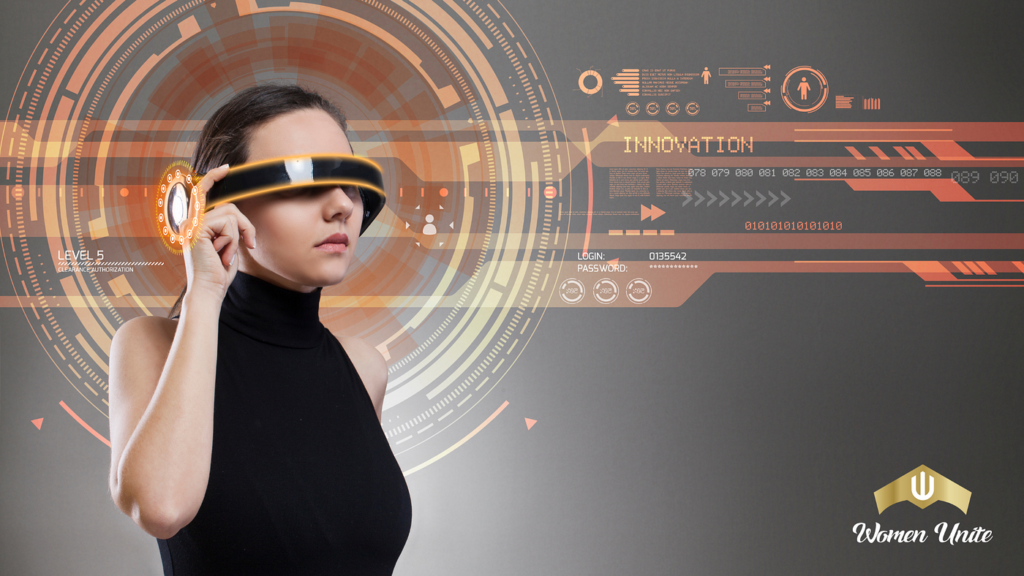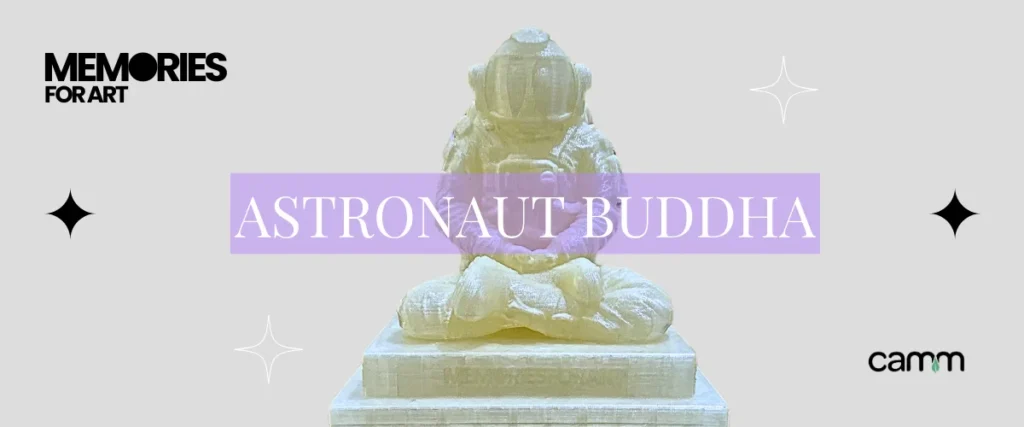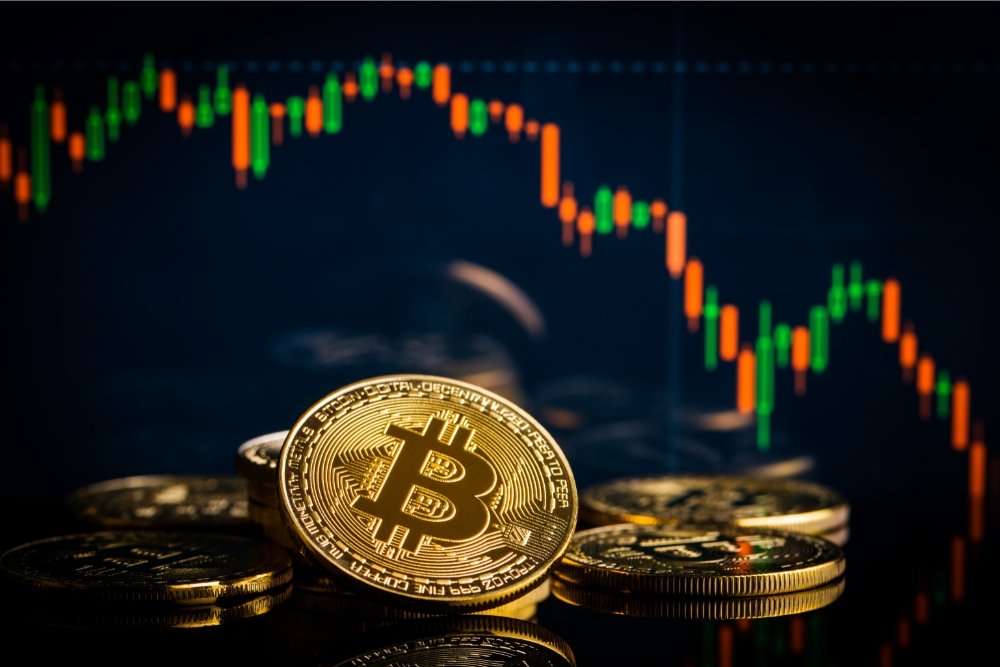Non-fungible tokens (NFTs) are digital assets with unique characteristics that cannot be exchanged for other items. They are used in various industries, from gaming and art to real estate and finance.
This article will give an A to Z: NFT Glossary guide on the various terms associated with non-fungible tokens so you can better understand how they work.
NFTs and their Growing Popularity in the Digital World
NFTs, or non-fungible tokens, are digital assets stored on a blockchain. The NFTs are one-of-a-kind and cannot be traded on a like-for-like basis. NFTs can represent various digital assets, including artworks, music, videos, and virtual real estate.
In recent years, NFTs have gained significant popularity in the digital world. This is due to several factors. First, NFTs provide a way for artists to monetise their digital creations in a way that was not previously possible. By selling their work as NFTs, they can retain ownership and receive royalties whenever their NFTs are resold.
Second, NFTs offer collectors a new way to own and display digital assets. With NFTs, collectors can prove ownership and authenticity of a digital item, creating a sense of scarcity and exclusivity. It has led to a growing market for digital collectables and unique virtual experiences.
Why is there a Need for a Comprehensive Glossary to Understand the various Terms associated with NFTs?
With the growing popularity of NFTs comes a complex and evolving terminology associated with this new form of digital ownership. From terms like “gas fees” and “minting” to “smart contracts” and “secondary sales royalties,” understanding the various concepts and phrases related to NFTs can be overwhelming for newcomers.
Therefore, there is a pressing need for a comprehensive glossary that explains and defines the key terms associated with NFTs. Such a glossary would serve as a valuable resource for artists, collectors, and enthusiasts alike, helping them navigate the intricacies of this emerging digital landscape.
A comprehensive glossary would demystify the world of NFTs and empower individuals to make informed decisions about buying, selling, and engaging with these digital assets by providing explicit definitions and explanations.
You May Like NIKE AND RTFKT ANNOUNCE DUNK GENESIS SNEAKERS PRESALE
A to Z: NFT Glossary Terms
Airdrop
The distribution of free NFTs to a specific group of individuals.
Asset Tokenization
It is turning physical or virtual assets into digital ones using blockchain technology. It allows owners to store asset information securely on a distributed ledger system while providing more incredible liquidity options than traditional methods.
1:1 Art
It refers to a type of unique digital artwork that exists as a unique piece. Unlike traditional art forms that can be replicated or reproduced, 1:1 Art is created using blockchain technology, specifically Non-Fungible Tokens (NFTs), which ensures its authenticity and scarcity.
10k project
10k project is a term used in the context of NFTs to refer to a collection or series of digital assets or artworks limited to 10,000 tokens. Each token represents a unique piece within the group, and the scarcity of these tokens can increase their desirability and value among collectors and investors.
Ape-ing (into something)
It is a term commonly used in the NFT community to describe the act of investing or buying into a particular NFT project or collection. It derives from “apeing in” or jumping into something without hesitation or thorough research, often driven by FOMO (Fear Of Missing Out) or the belief that the project will gain value over time.
Alpha
Alpha refers to an individual or group with early access or insider knowledge about a particular NFT project or investment opportunity. Alphas often have an advantage in acquiring rare or valuable NFTs before they become widely known or accessible to the general public. They are seen as influencers or trendsetters within the NFT community.
Asset
Asset refers to any digital or physical item that holds value, whether a piece of art, music, video, or other creative content. In NFTs, assets are often represented by unique tokens that can be bought, sold, and owned securely on blockchain platforms.
Avatar Project
It refers to a specific NFT collection or series that focuses on creating and selling unique digital avatars or virtual identities. These avatars can be customised and used in various online platforms or virtual worlds, allowing individuals to express their creativity and uniqueness in digital spaces.
The Avatar Project often involves limited editions or rare avatars that can become highly sought after by collectors and enthusiasts.
Blockchain
A decentralised network of computers that records transactions between two parties without requiring any third-party involvement. It is secure because multiple nodes must verify each transaction before permanently adding it to the chain.
Bearish
This term describes a pessimistic outlook on the market or the price of a particular asset. When someone is bearish, they believe prices will decrease or that the market will experience a decline.
Bitcoin
Bitcoin is a decentralised digital currency that was created in 2009. It is the first and most well-known cryptocurrency operating on blockchain technology. Bitcoin can be used for various transactions and is often seen as a store of value or an investment.
Blue chip
It refers to well-established companies that are financially stable, reliable, and have a long history of success. These companies are typically leaders in their industries and are known for providing steady returns to investors.
Bot
Bot is short for robot, and in the context of NFTs, it refers to automated software programs that can perform specific tasks or actions. Bots are commonly used in various aspects of the NFT market, such as buying and selling NFTs or monitoring prices.
Bridge
A bridge refers to a mechanism that allows for the transfer of assets between different blockchain networks. It enables interoperability between other platforms and allows users to access and use their NFTs across multiple blockchains.
Bullish
Bullish is the opposite of bearish and refers to an optimistic outlook on the market or the price of a particular asset. When someone is bullish, they believe prices will increase or that the market will experience growth.
BSC
BSC stands for Binance Smart Chain, a blockchain network developed by the cryptocurrency exchange Binance. It is designed to facilitate fast and low-cost transactions and supports various decentralised applications (DApps) and tokens.
BTC
BTC is the abbreviation for Bitcoin, the first and most well-known cryptocurrency.
Burn / Burning
Burning refers to the deliberate and permanent removal of a certain number of tokens or NFTs from circulation. This process is often done to reduce the supply of a particular asset and can potentially increase its value by creating scarcity.
Cryptocurrency
It is a digital or virtual currency that utilises cryptography for secure transactions.
Collectible
In NFTs (Non-Fungible Tokens), a collectable refers to a unique digital asset representing ownership or proof of authenticity of a particular item, artwork, or digital content. Each collectable is distinct and cannot be exchanged one-to-one with other tokens.
Community Designated Sellers (CDS)
Community Designated Sellers are individuals or entities within a particular NFT community designated or authorised to sell NFTs on behalf of the community. They are trusted members who help facilitate the buying and selling NFTs within the community.
Crypto Twitter (CT)
It refers to the online community on Twitter that focuses on discussions, news, trends, and developments related to cryptocurrency and blockchain technology. It is a platform where crypto enthusiasts, investors, experts, and influencers share insights, opinions, and updates about the crypto industry.
Decentralised
Operating without a central authority or control.
Decentralised Applications (DApps)
Software applications built on blockchains like Ethereum allow people to interact directly without relying on centralised services like banks or governments. These apps typically use intelligent contracts to execute agreements automatically once certain conditions are met by both parties involved.
DEX
DEX stands for Decentralized Exchange. It refers to a cryptocurrency exchange that operates on a decentralised network, usually utilising blockchain technology. DEXs allow users to trade cryptocurrencies directly with each other without the need for intermediaries or centralised authorities.
Degen
It is a term commonly used in the cryptocurrency community to describe someone who takes high-risk, speculative investment strategies or engages in risky trading practices. It is often associated with individuals participating in decentralised finance (DeFi) projects that may carry higher risks and potential rewards.
Delist
Delist refers to removing a particular cryptocurrency or token from a cryptocurrency exchange. When a cryptocurrency is delisted, it is no longer available for trading on that specific exchange platform. Delisting can occur for various reasons, such as regulatory concerns, lack of trading volume, or security issues.
ERC721/ ERC20 Standard
Ethereum developers developed two standards for creating non-fungible tokens (NFTs). The former represents ownership over individual artwork, collectables, and game items. While the latter focuses more broadly on tokenising all types of assets, including stocks, bonds, and commodities.
Fractional Ownership
The division of an NFT into smaller shares allows multiple owners.
Flip
“Flip” is a term used in the NFT market to describe buying an NFT to sell it quickly for a higher price. Flipping is a common practice among NFT traders and investors.
Fractional ownership
Fractional ownership refers to dividing the rights of an NFT into smaller fractions, allowing multiple individuals to own and invest in the NFT collectively. Each owner holds a percentage of the NFT’s value and can earn a proportional share of any future profits from the NFT.
FUD
FUD stands for “Fear, Uncertainty, and Doubt.” It is a term used to describe spreading harmful or misleading information about a particular cryptocurrency or NFT project to create fear or doubt among investors.
Fungibility
It refers to the interchangeability of one asset or token with another of the same type. In NFTs, fungibility is absent, as each NFT is unique and cannot be replaced by another identical token.
Gas Fees
A transaction fee is paid out in Ether cryptocurrency when executing operations within the Ethereum platform. Gas fees vary depending upon complexity but generally range from 0.001 ETH to 1 ETH per operation completed successfully.
Generative art
Generative art refers to artwork that is created using algorithms or computer code. In the context of NFTs, generative art often involves using algorithms to randomly generate unique and one-of-a-kind visual pieces that are then minted as NFTs.
GPU
GPU stands for Graphics Processing Unit. In NFTs, GPUs are essential for artists and creators who require powerful computing capabilities to create and render high-quality digital artwork.
Gwei
Gwei is a unit of measurement used to represent the cost or fee associated with executing transactions on the Ethereum blockchain. It determines the gas price for each transaction and represents a fraction of an Ether.
Governance tokens
These cryptographic tokens are used to participate in the decision-making processes of decentralised autonomous organisations (DAOs) or blockchain-based platforms. Holders of governance tokens can vote on proposals and influence the future direction or policies of the project or platform.
Hash Function
It is a mathematical function that converts input data into a fixed-size string of characters. Hash functions help ensure integrity amongst blockchain networks since any alteration would result in entirely different hash values being produced instead, thus alerting participants immediately about potential tampering attempts somewhere along the line during the transmission process.
Immutable
Unable to be changed or altered.
Interoperability
Interoperability is an essential concept for NFTs as it refers to the potential of different blockchain networks or platforms to communicate. It means that users on one network can interact with those on another without any issues.
JPEG
A standard image file format is often used for NFTs.
KYC
Know Your Customer is a process to verify the identity of NFT buyers and sellers.
Liquidity
It means the ease with which an NFT can be purchased or sold without changing its price.
Metadata
Additional information, such as the artist’s name or description, is attached to an NFT.
Minting
It involves taking existing data such as images/videos/audio files, etc., encoding it onto a platform like Ethereum’s Solidity programming language before finally minting out individual copies via special software known as “minting tools”, which generate unique identifiers for each document created thereby allowing buyers access rights over respective item purchased through use thereof.
Non-Fungible
Unique and indivisible, unlike cryptocurrencies that are interchangeable.
OpenSea
It is the largest marketplace for buying and selling NFTs.
Proof of Ownership
Verifiable evidence that an individual owns a specific NFT.
Platforms
They refer to websites or apps where people can buy, sell, trade and store their NFTs securely online using cryptocurrency wallets such as MetaMask or Coinbase Wallet. Popular platforms include OpenSea, Rarible, Decentraland, CryptoKitties, SuperRare and many more!
Protocols
These are sets of rules governing how transactions occur within a particular platform’s ecosystem; these protocols ensure that all participants abide by specific standards when interacting within the system. Ethereum’s ERC721 protocol is currently one of the most widely used for non-fungible token transactions.
QR Code
It is a two-dimensional barcode that can save information about an NFT.
Royalties
The original creator receives a percentage of future sales when their NFT is resold.
Smart Contract
They are self-executing codes stored on blockchains that enable two parties who don’t know each other personally but trust its underlying technology to enter into agreements without requiring intermediaries. When creating an NFT marketplace, intelligent contracts help facilitate secure transfers between buyers and sellers while ensuring transparency throughout transactions made within marketplaces.
Tokenisation
Tokenisation is the process by which tangible world assets such as artworks, music recordings, or even physical objects like cars are converted into digital representations known as tokens or coins. These tokens then exist on a distributed ledger technology (DLT), allowing them to be traded easily between parties without needing third-party intermediaries such as banks or brokers.
Utility Tokens
These tokens represent access rights rather than ownership over something tangible; they allow holders to access goods/services offered by companies issuing them, usually through decentralised applications built upon various blockchain technologies, including Ethereum’s ERC20 standard.
Virtual Reality
It is a simulated experience similar to or completely different from the real world.
Wallet
A digital tool is needed to store, manage, and interact with NFTs.
XML
Extensible Markup Language, a format used
You May Like MARVEL X LOUBOUTIN TEAM UP, ADIDAS X MONCLER REVEAL NEW COLLECTION
Takeaway
The above A to Z: NFT glossary provides just a brief overview of some familiar concepts related to non-fungible tokens. Considering these basic concepts will help you navigate this new world much easier than trying unthinkingly without knowledge beforehand!









